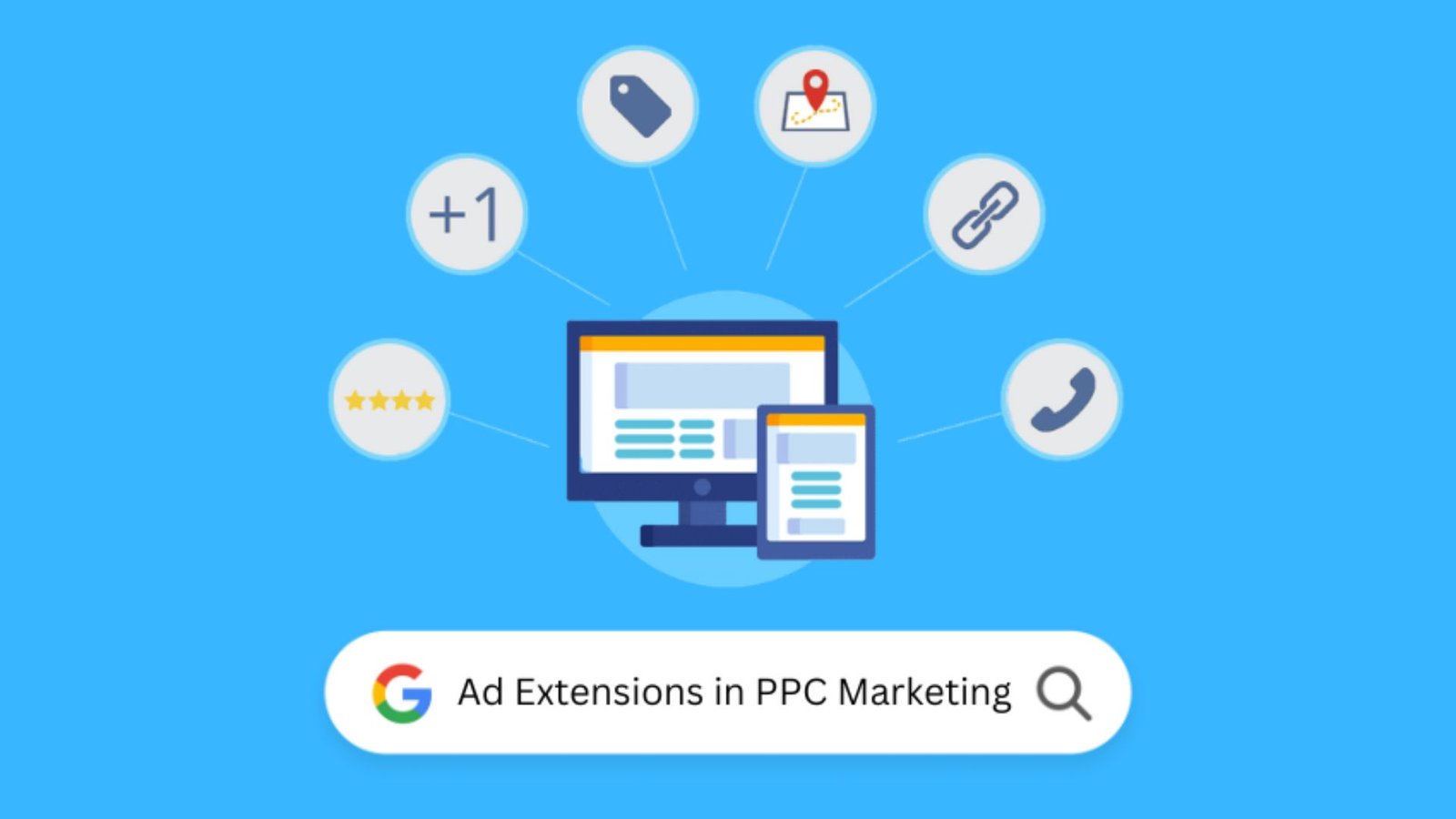Ad extensions are a vital component of paid search campaigns, offering additional information and enhancing the visibility of your ads. By providing extra details and features, ad extensions can significantly impact your click-through rates (CTR) and overall campaign performance. Here’s a detailed look at the importance of ad extensions in paid search campaigns and how to effectively use them to boost your results.

What Are Ad Extensions?
Ad extensions are supplementary pieces of information that appear alongside your primary ad text in search engine results. They provide additional details, such as contact information, site links, or promotional offers, to give users more reasons to click on your ad. Ad extensions enhance the visibility and effectiveness of your ads by making them more informative and engaging.
Types of Ad Extensions
- Sitelink Extensions Sitelink extensions allow you to include additional links to specific pages on your website. This can guide users directly to relevant sections such as product categories, services, or promotions. By providing more options, sitelink extensions can improve user experience and increase the likelihood of conversions.
- Callout Extensions Callout extensions enable you to highlight key features or unique selling points of your business. These brief, non-clickable texts can showcase offers, guarantees, or benefits, helping to attract users’ attention and differentiate your ads from competitors.
- Structured Snippet Extensions Structured snippet extensions provide additional details about your products or services in a predefined format. You can use them to list specific attributes, such as types of services, brands, or product categories. This helps users quickly understand what you offer and how it aligns with their needs.
- Call Extensions Call extensions add a clickable phone number to your ad, allowing users to call your business directly from the search results. This is particularly useful for businesses that rely on phone inquiries or want to provide an easy way for users to contact them.
- Location Extensions Location extensions display your business address, phone number, and a map marker in your ad. This is beneficial for local businesses looking to attract nearby customers or those who want to emphasize their physical presence.
- Price Extensions Price extensions showcase the prices of your products or services directly in the ad. This helps users see the cost upfront, making it easier for them to decide if your offerings fit within their budget.
- Promotion Extensions Promotion extensions allow you to highlight special offers or discounts in your ad. By drawing attention to current promotions, you can entice users to click and take advantage of your deals.
Benefits of Ad Extensions
- Increased Visibility Ad extensions expand the size of your ad, making it more prominent on the search results page. This increased visibility can help your ad stand out from competitors and capture more attention from users.
- Enhanced User Experience By providing additional information and options, ad extensions improve the overall user experience. Users can find relevant details more easily, leading to a higher likelihood of clicking on your ad and engaging with your business.
- Higher Click-Through Rates (CTR) Ads with extensions generally have higher CTR compared to those without. The extra information and links make your ad more compelling and useful to users, which can lead to more clicks and improved performance.
- Better Ad Relevance Ad extensions help make your ads more relevant to users by providing specific details that match their search intent. This relevance can lead to higher Quality Scores from search engines, potentially lowering your cost-per-click (CPC) and improving ad placement.
- Increased Conversion Opportunities With ad extensions, you offer users more ways to interact with your business. Whether it’s through direct calls, visiting specific pages, or accessing promotions, these additional opportunities can lead to higher conversion rates.
- Enhanced Reporting and Insights Ad extensions provide valuable data on how users interact with your ads. This data can help you analyze performance, identify trends, and make informed decisions to optimize your campaigns further.
Best Practices for Using Ad Extensions
- Align with Campaign Goals Choose ad extensions that align with your campaign objectives and target audience. For example, if you’re promoting a sale, use promotion extensions to highlight your discounts.
- Keep Information Relevant Ensure that the information in your ad extensions is relevant and accurate. Avoid outdated offers or incorrect details that could mislead users and negatively impact their experience.
- Use Extensions Strategically Implement ad extensions in a way that complements your ad copy and enhances its effectiveness. Avoid overloading your ad with too many extensions, which could overwhelm users or dilute the main message.
- Regularly Update and Optimize Continuously monitor the performance of your ad extensions and make adjustments as needed. Test different extensions and configurations to determine what works best for your audience and goals.
- Leverage Location and Call Extensions For businesses with physical locations or those that rely on phone inquiries, using location and call extensions can be particularly beneficial. Make it easy for users to find or contact you directly from the search results.
Conclusion
Ad extensions are a powerful tool in paid search campaigns, offering numerous benefits such as increased visibility, enhanced user experience, and improved click-through rates. By incorporating various types of ad extensions and following best practices, you can make your ads more engaging and effective, ultimately driving better results and achieving your marketing objectives.




